MARIA BLANCHARD (1881-1932)
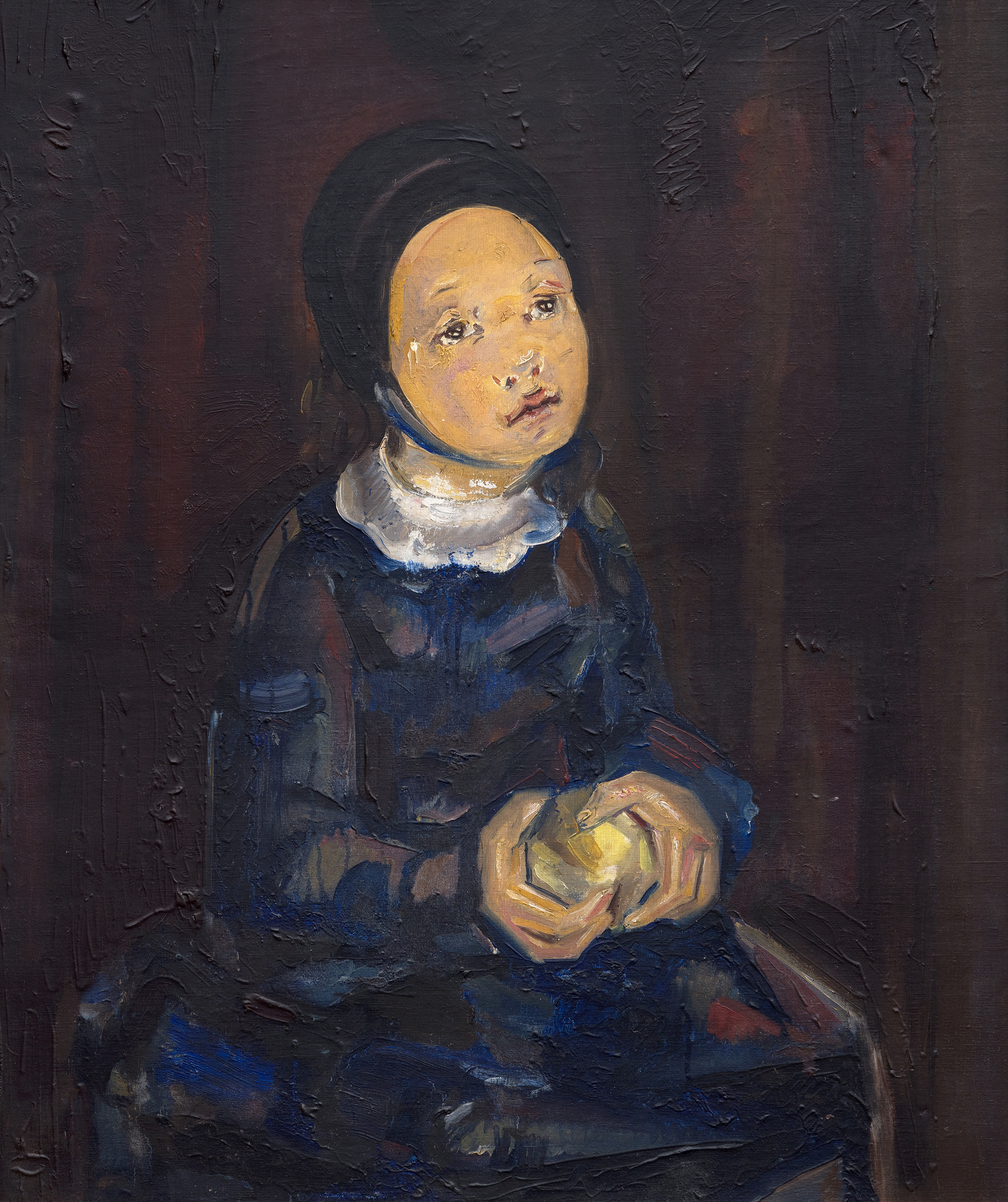
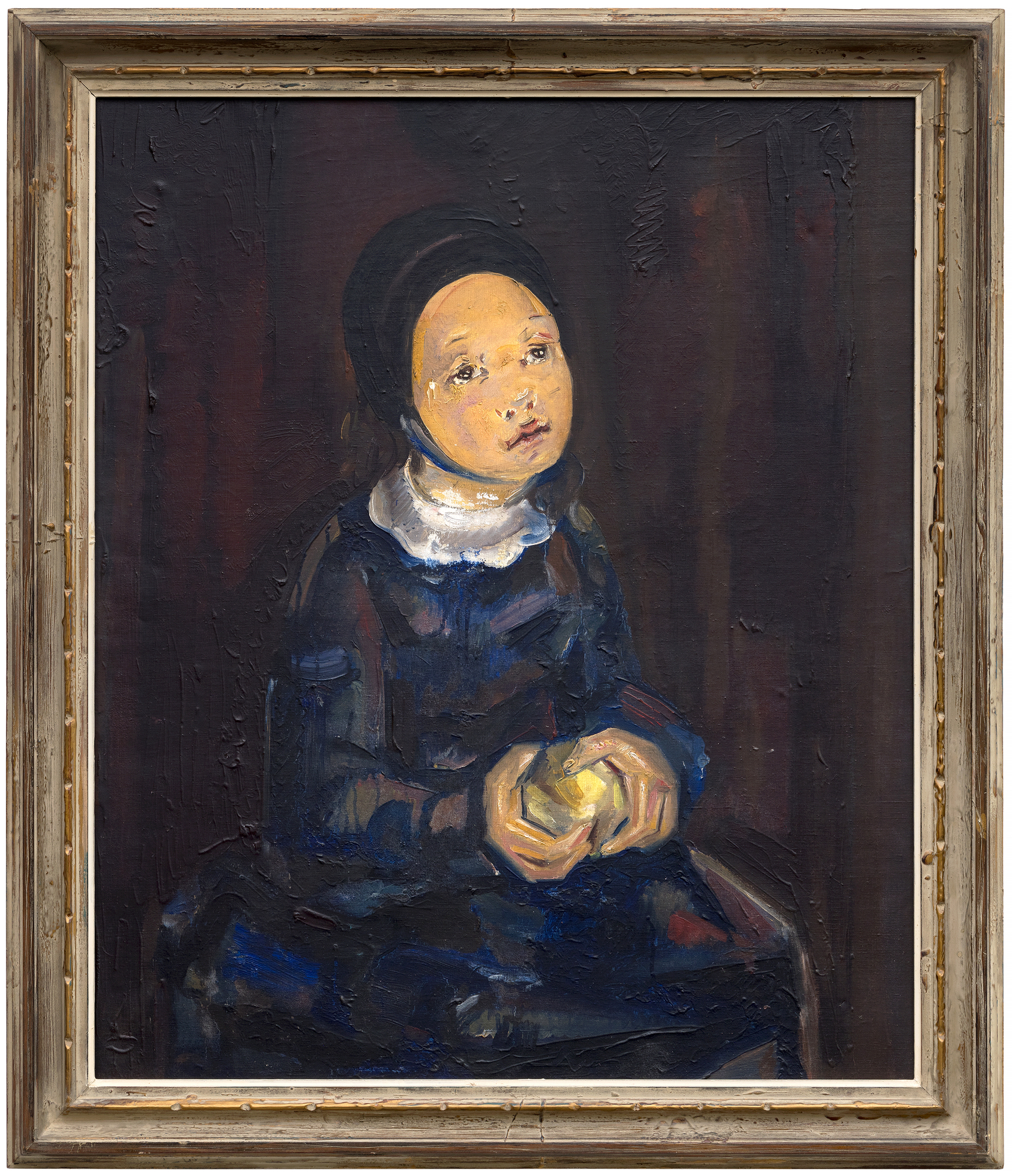
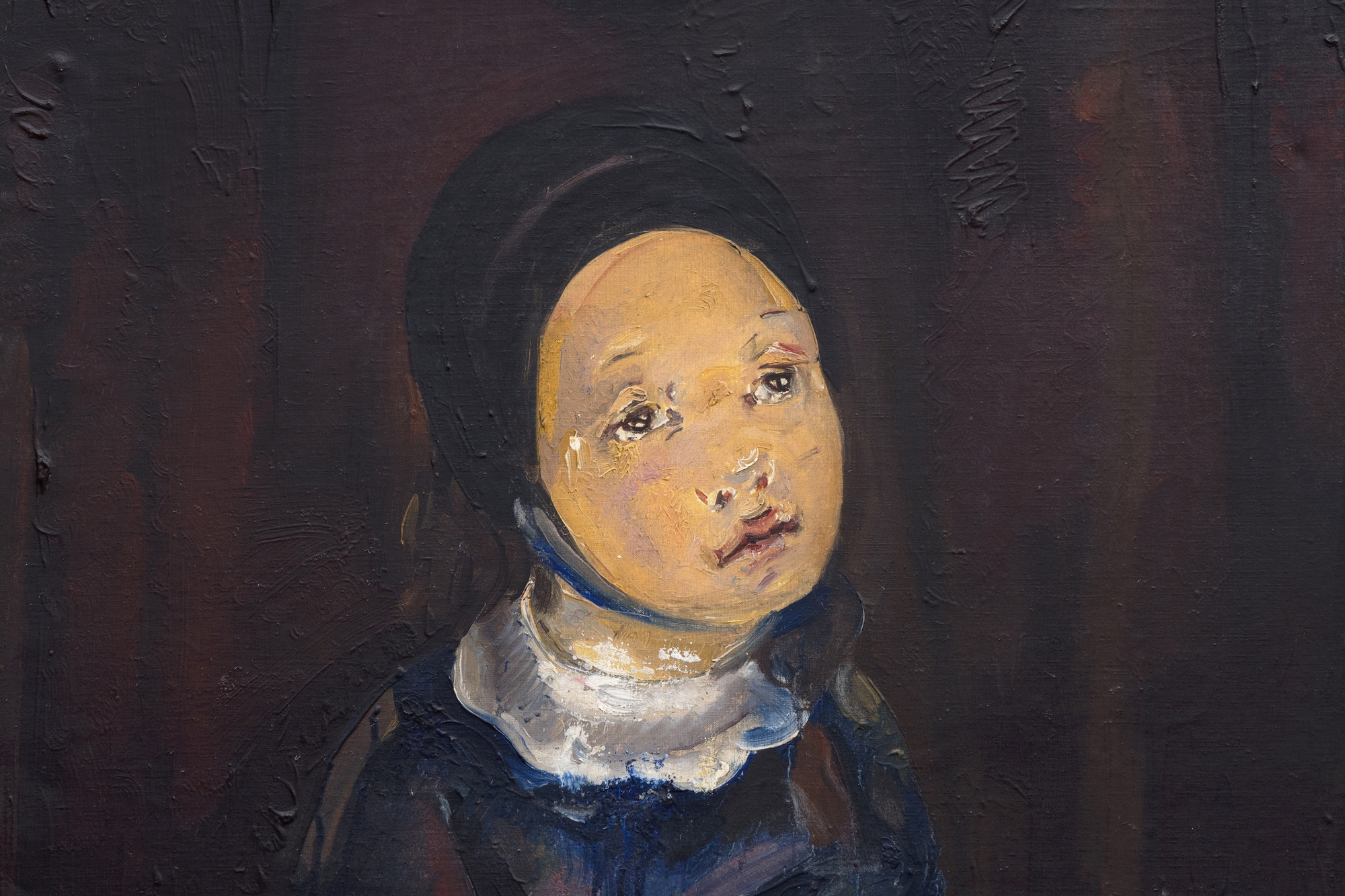
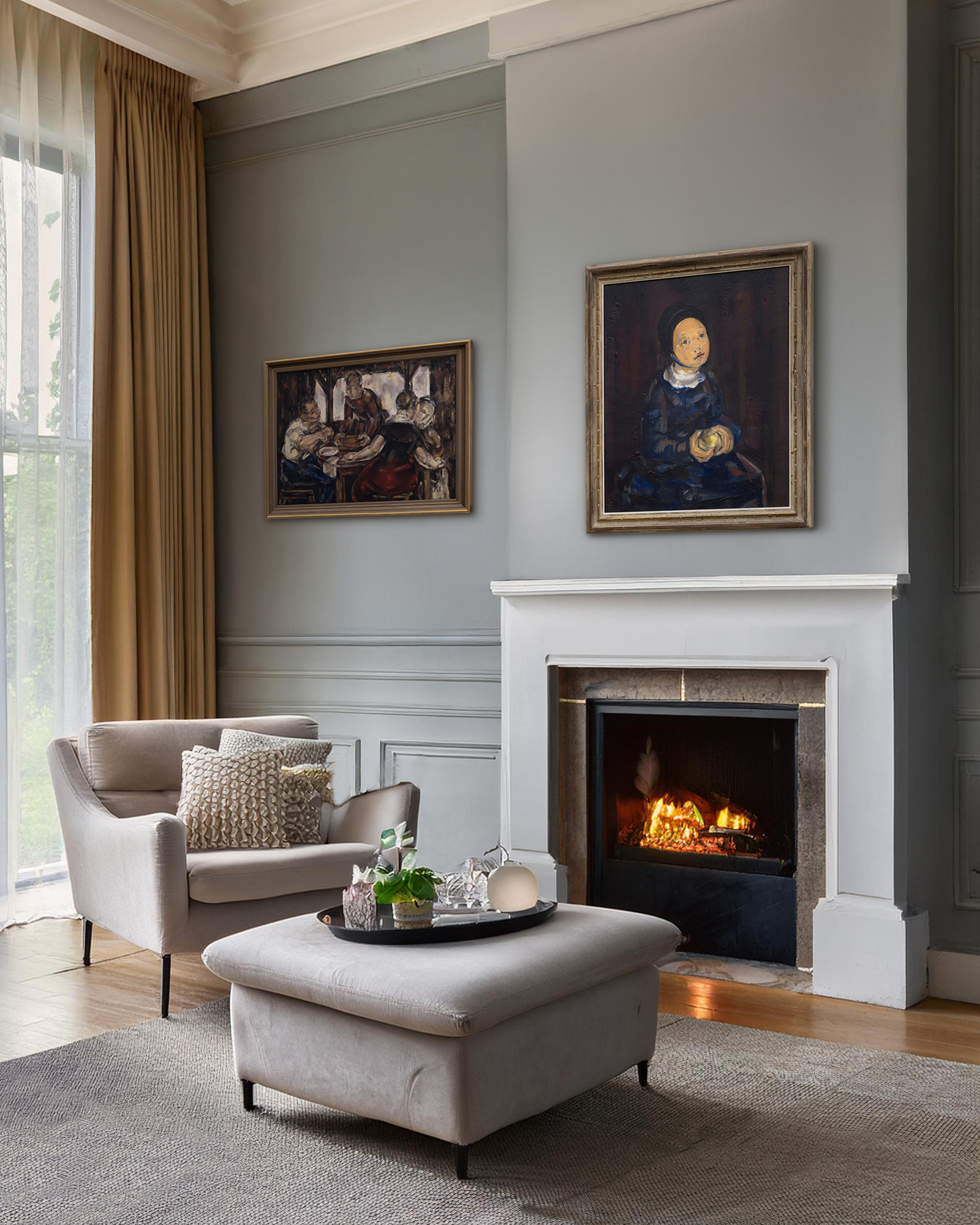
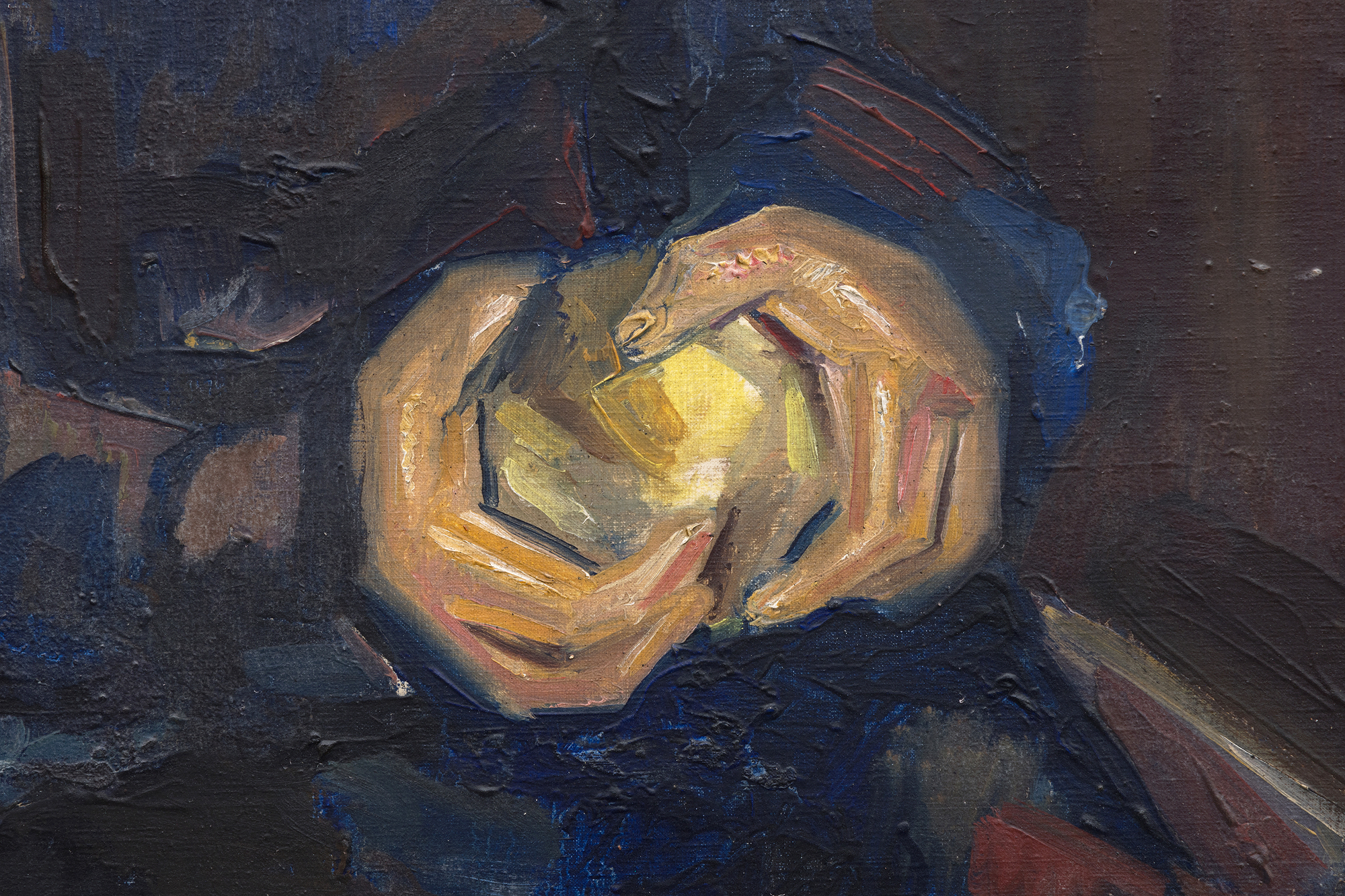
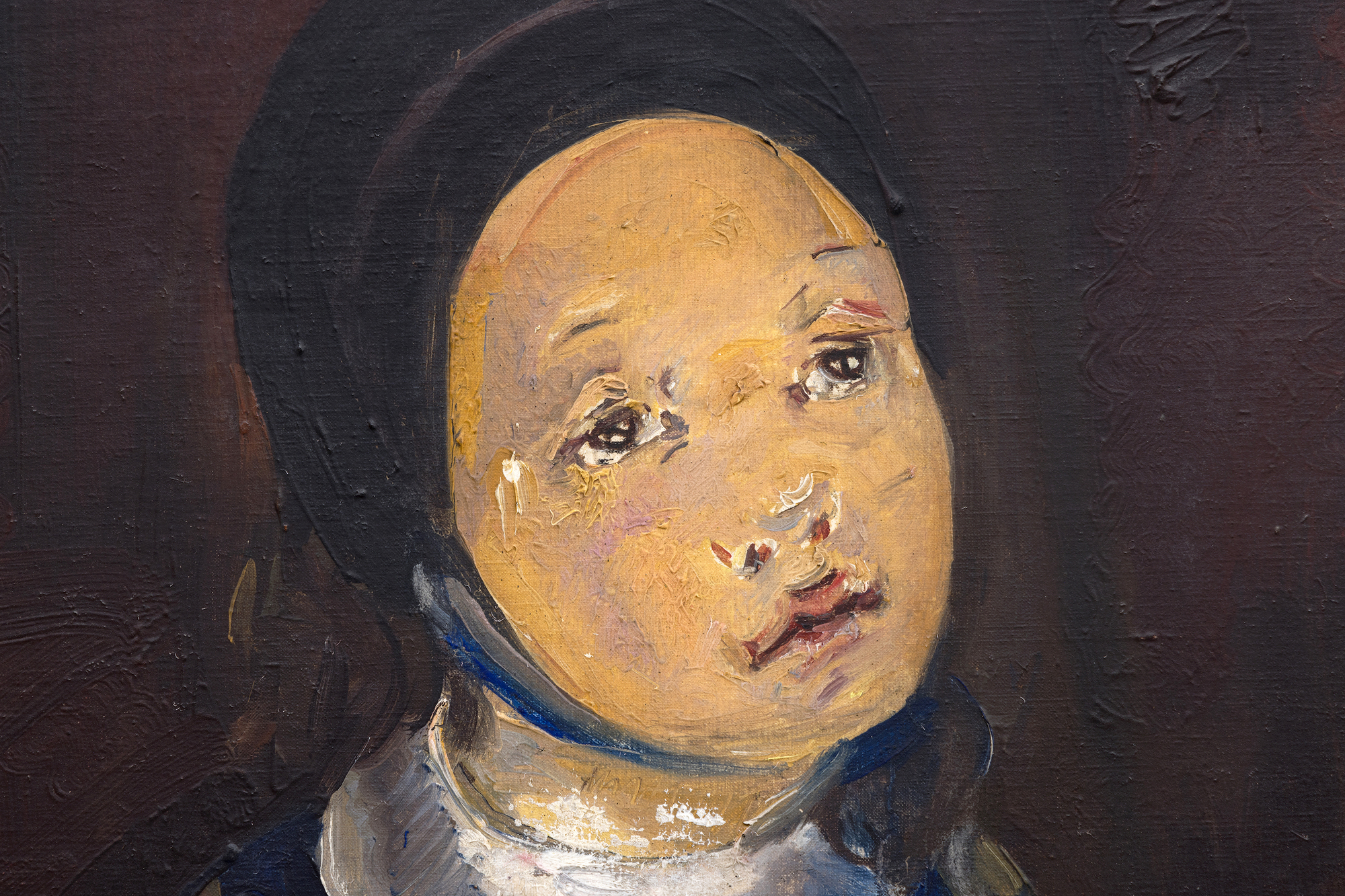
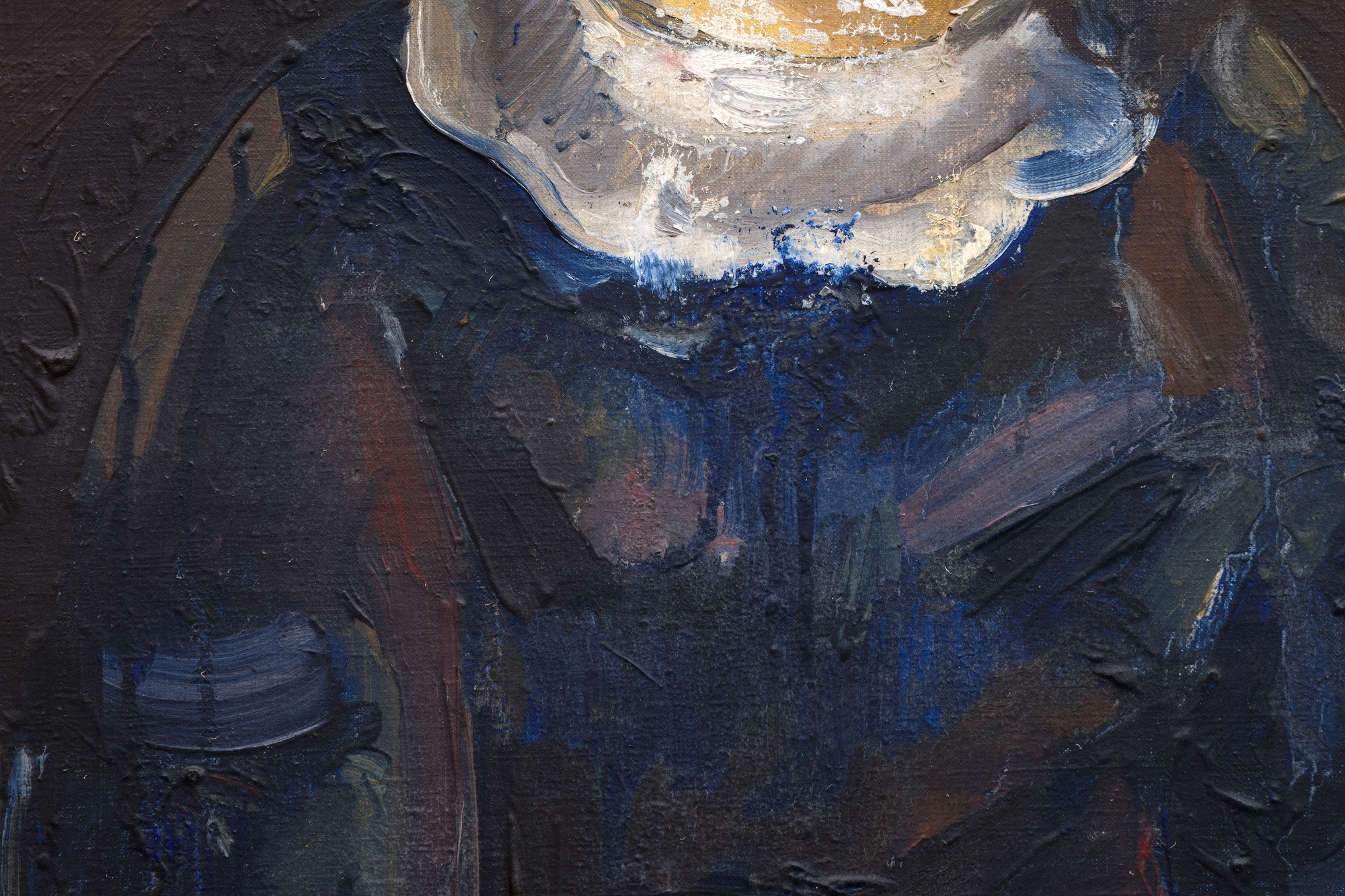
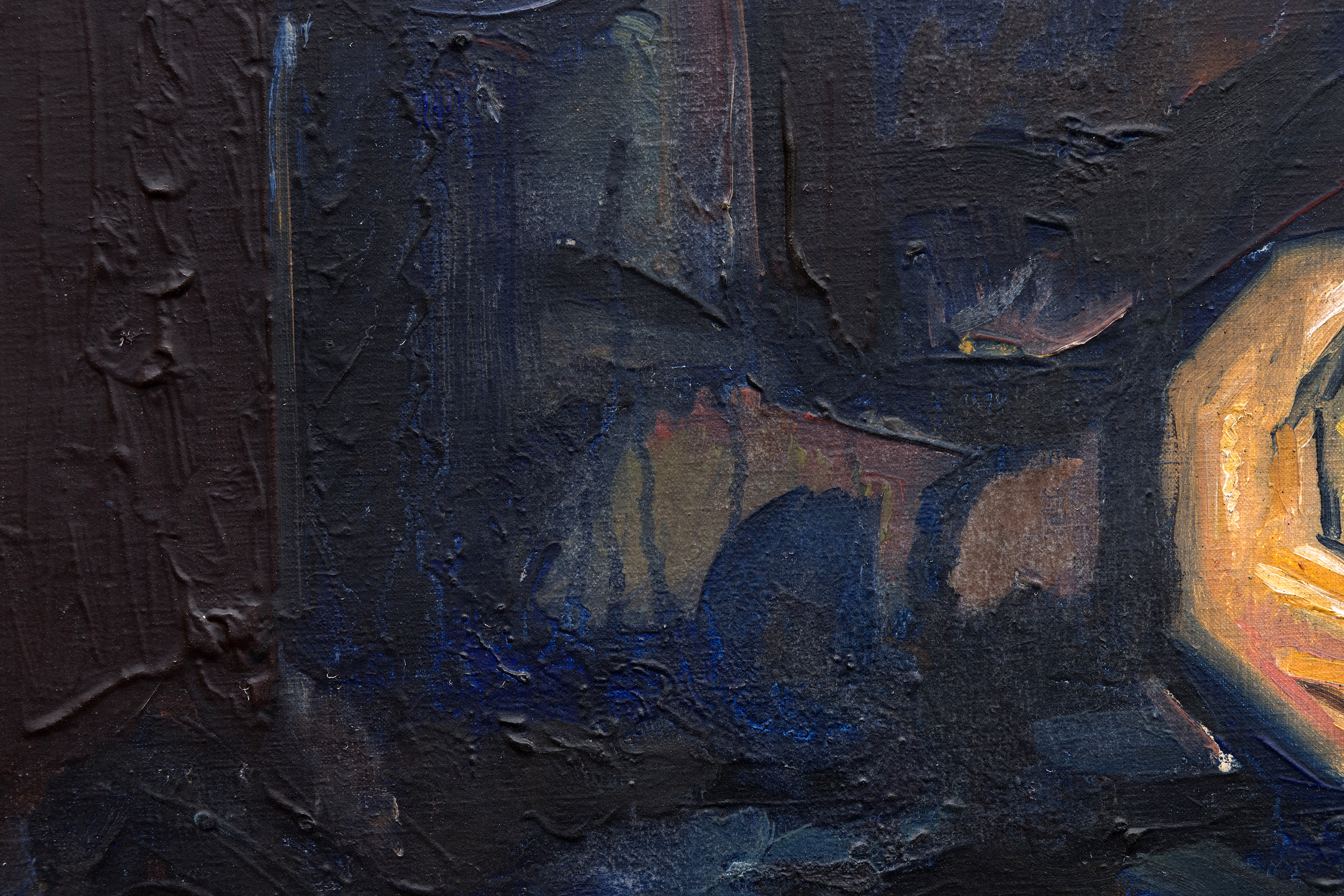
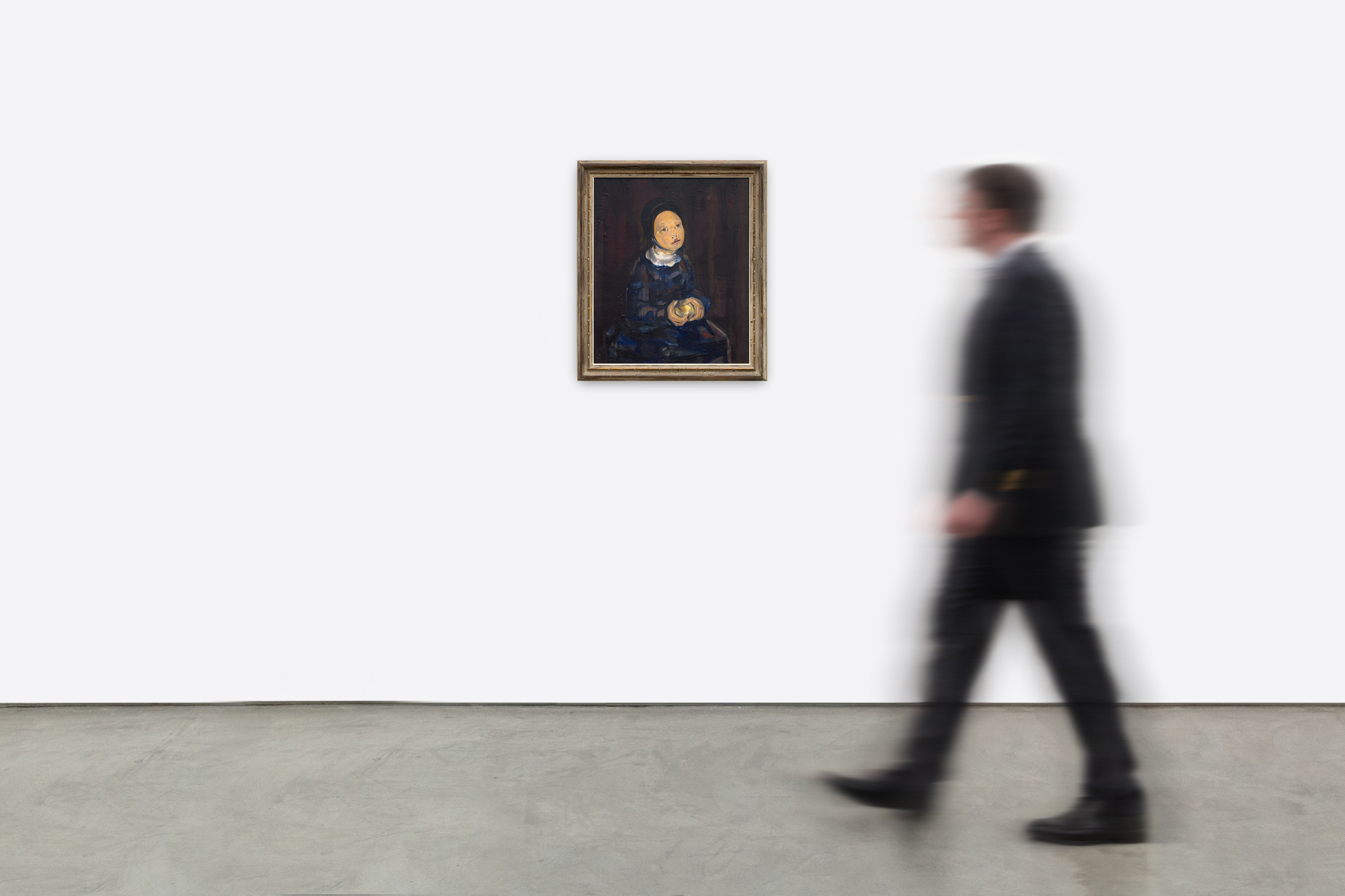
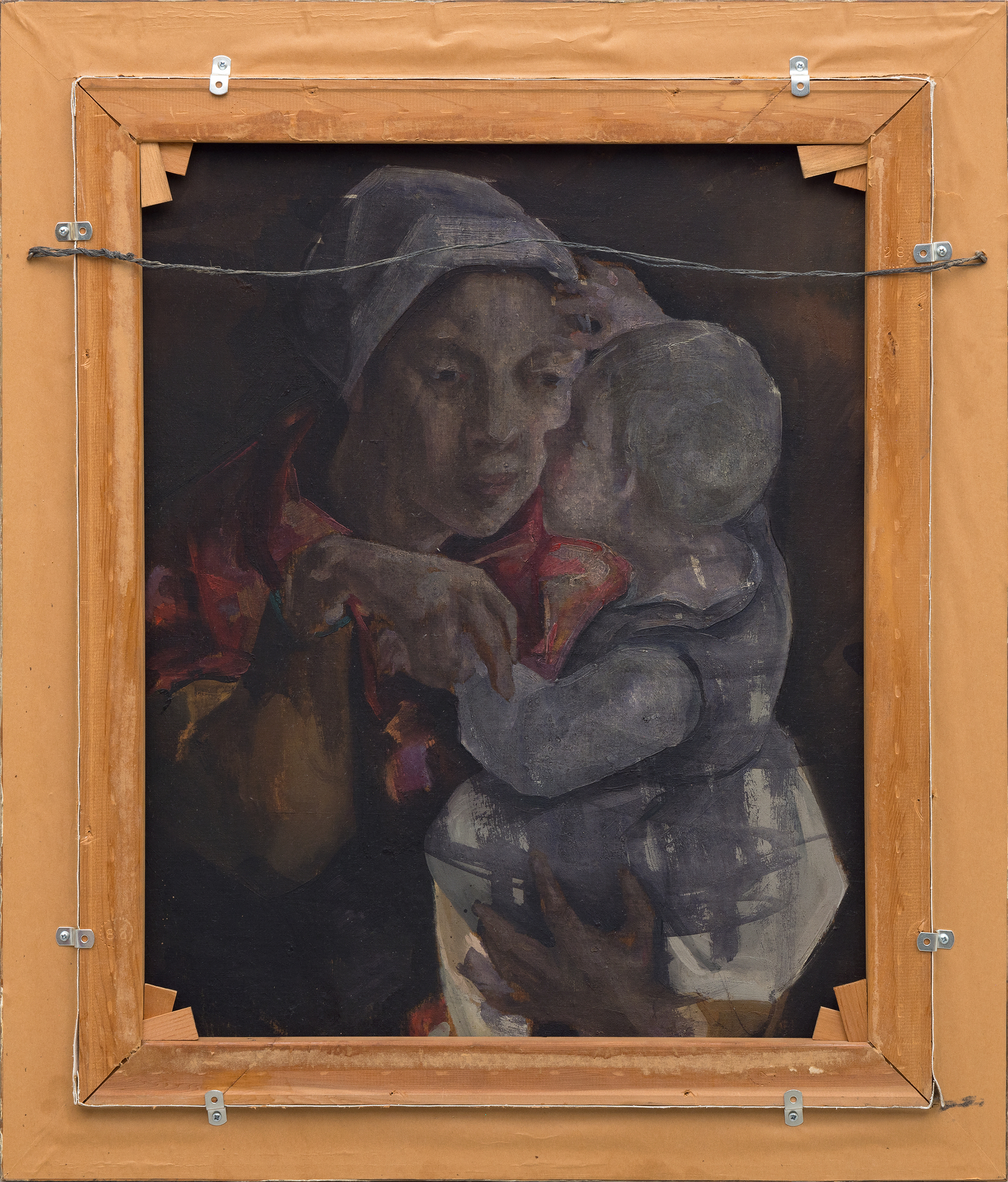
الاصل
مجموعة كارمن إيجيا جوتيريز، ابنة أخ الفنانمجموعة خاصة، حسب النسب من أعلى
135,000
جذور بلانشارد التكعيبية البارزة في المعالجة الزاويّة لليدين والتفاحة، والتي تتسم بالتخفيف من خلال ملابس الفتاة المتواضعة، مما يوحي بمغزى روحي أو ديني. كما تعزز ملامح التقوى التي تبدو على وجه العارضة واللوحة الصامتة من اللون البني والرمادي والأزرق أن اللوحة تواصل خيطاً من الموضوعات الدينية، كما رأينا في العمل الفني الأول لبيكاسو "المناولة الأولى" ولوحة بلانشارد "فتاة في مناولتها الأولى". تقدم التفاحة الممسوكة باليد طبقات من الرمزية التي غالباً ما تمثل المعرفة أو البراءة أو الإغراء، وهو ارتباط يوحي بالانتقال العاطفي الذي يربط بين الطفولة والوعي الأعمق.
إن قدرة بلانشارد على دمج الشكل التكعيبي مع السرد الرمزي والتعقيد العاطفي يجعل هذه اللوحة انعكاساً مؤثراً لتطورها كفنانة. فهي تضفي طابعاً إنسانياً على الأشكال التكعيبية الجامدة بينما تضفي على مواضيعها عمقاً وحياة داخلية.


